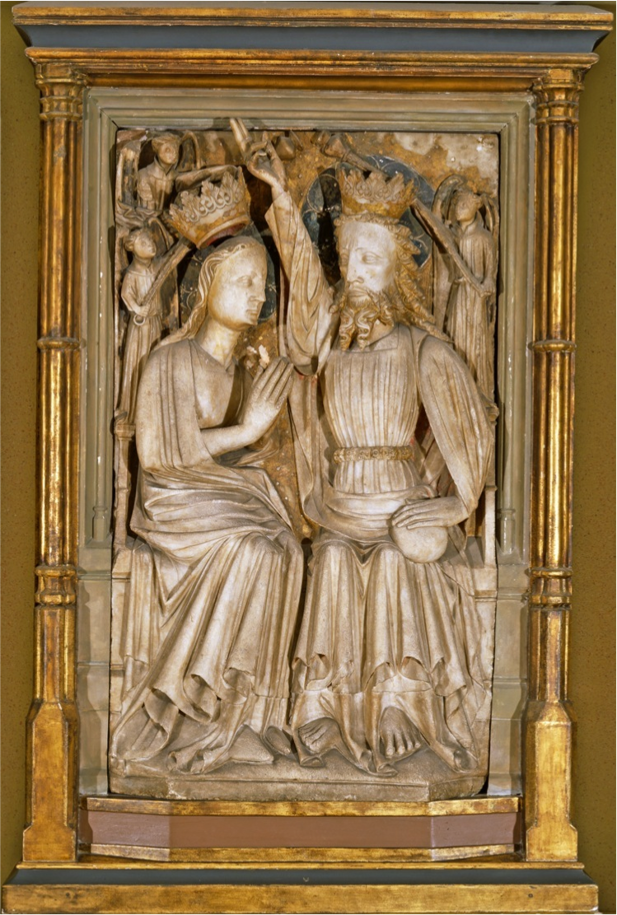Music and Alabaster
- Location
- Evesham Room, Hornton Grange
- Dates
- Monday 15 December 2014 (09:00-17:00)

Workshop Leader: Professor Andrew Kirkman
Scholars, museum professionals and musicians will explore the interaction of the sounding and the visual in the English late Middle Ages, with a particular emphasis on polyphonic music and Midlands religious alabasters and their devotional contexts in the long fifteenth century (c.1380-1520).
While scholarship has traditionally addressed these artistic phenomena in isolation, each originally relied for its full meaning on the context provided by the other, and on the larger spatial and devotional setting. The evanescent – audible, olfactory, gestural – was expected, in specifically tailored ritual circumstances, to act on the permanent – in the form of carefully assembled images within appropriate architectural spaces – to create a heightened atmosphere of mystical meaning. Music of the period is widely recognised as a phenomenon of major international influence; by contrast, attention to alabaster carving, coevally a focus of large-scale international interest and trade, has been limited and closely circumscribed. The project thus offers an important cultural parallel which will function as a showcase for national and local patrimony as well as a potential boost in (national and international) profile for important, but neglected, regional collections.
Accessing the shared meaning of these phenomena has traditionally been hampered by the fact that it is almost never possible to recover all elements necessary to enable an exact historical match between audible and visual elements. Historical documentation is suggestive, but limited. This discussion will take a different view: while precise archaeological and archival knowledge offers valuable signposts, these phenomena operated within a context of typology and exemplarity that allowed for a wide range of musical-visual juxtapositions within any given context. This typological frame, based on contemporary functionality, thus allows us to derive historical insights from the combination of its component elements.
To register to attend this workshop please email Sarah Jeffery.